The Garuda and the Asiatic Lion are rapidly displacing the elephant
By R.N.Bhaskar
Image generated using https://deepai.org/machine-learning-model/text2img
There was a time when the elephant – India’s mascot for the world – had an impressive stature. It was present everywhere. It was a positioning carefully nurtured – through three decades.
Lately, India continues to be marginalised. It will be interesting to see what India’s role will be at the next BRICS summit to be held in this country. This is because both Iran and Indonesia have become very active and very important members in BRICS. And there is a possibility that Pakistan too may become a full-fledged member of this grouping.
But why has the elephant got marginalised? The reasons are many. But the primary one appears to be India’s own folly. It believed all along that it could continue to occupy centre stage. It kept eulogising its past achievements, its moral stance, even its leadership in education (remember Vishwaguru?). It wanted to don the mantle of the leader of the global South. It forgot that any leadership role comes on the bedrock of solid economic performance.
Slippages
The plain truth is that India has slipped badly on this front.
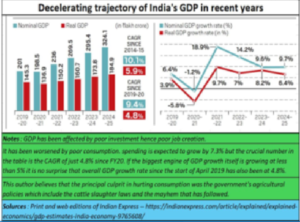 As pointed out in several columns in the past, India’s GDP trajectory is sliding (https://asiaconverge.com/2024/03/just-look-beyond-indias-gdp-numbers/).
As pointed out in several columns in the past, India’s GDP trajectory is sliding (https://asiaconverge.com/2024/03/just-look-beyond-indias-gdp-numbers/).
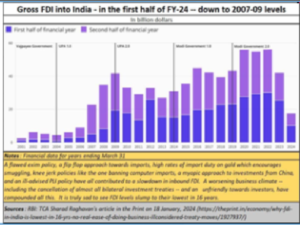 Its FDI is on a decline (https://asiaconverge.com/2020/12/cant-just-snap-fdi-into-india/).
Its FDI is on a decline (https://asiaconverge.com/2020/12/cant-just-snap-fdi-into-india/).
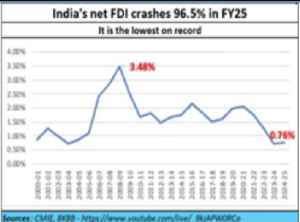 Its net-FDI has slipped into negative territory (https://asiaconverge.com/2025/05/indias-net-fdi-is-collapsing/).
Its net-FDI has slipped into negative territory (https://asiaconverge.com/2025/05/indias-net-fdi-is-collapsing/).
And while India’s trade balance has shrunk it is because imports declined faster than exports. Yet, given the import intensive nature of Indian exports, especially after the PLI schemes (https://bhaskarr.substack.com/p/dont-shun-market-allocation-of-resources?sd=pf) were announced, one can also see why exports too flagged.
The government of India must have been aware about neighbourhood developments that hit media headlines in November 2016 (https://www.business-standard.com/amp/article/news-ians/pakistan-allows-russia-use-of-gwadar-port-under-cpec-116112600335_1.html). It was that Pakistan had decided to accord approval to a Russian request for using the Gwadar Port for its exports as Moscow has also showed its willingness to be part of the China-Pakistan Economic Corridor (CPEC). India’s plans for building and developing a parallel opportunity in Chabahar is yet to take off (https://www.youtube.com/watch?v=6aoPFnFcbQs)
Then in 2017, Forbes wrote (https://www.forbes.com/sites/panosmourdoukoutas/2017/01/08/china-wants-russia-to-calm-india-and-save-cpec/) that “China Wants Russia To Calm India And Save CPEC” India possibly thought that it could make China squirm. But the opposite happened. The CPEC is likely to become extremely vibrant, and immensely relevant to global trade.
 Consider this. In November 2022, the Eurasia Daily Monitor (https://jamestown.org/program/russias-greater-eurasian-partnership-passes-through-the-cpec/) pointed out how Rusia had signed a trade deal with the Taliban government of Afghanistan thus paving its way to join the CPEC.
Consider this. In November 2022, the Eurasia Daily Monitor (https://jamestown.org/program/russias-greater-eurasian-partnership-passes-through-the-cpec/) pointed out how Rusia had signed a trade deal with the Taliban government of Afghanistan thus paving its way to join the CPEC.
And now, Gwadar port in Pakistan becomes the hub for export and import on behalf of both Russia and China. It is also planning short shipment routes to and from all the middle eastern states. India is nowhere to be seen.
The problem with India
The biggest stumbling block has been the government’s approach towards economic development. Politics and ideology appear to have surmounted economic issues. Take the cattle slaughter laws (https://www.youtube.com/watch?v=ma2JBGQahzw&t=5s).
No matter what the government may say on this subject, the manner in which Southern states have smartly trounced Northern states in milk-production-growth reinforces the myopia about these laws (https://asiaconverge.com/2025/03/dairy-ruminations-that-make-little-sense/) . Government data itself shows that states that did not adopt the cattle slaughter laws enjoyed better milk production growth. This was because the cycle of milk, meat and leather was both economically viable and sustainable. Thus, while all-India production of milk went up by 74% during the 2013-14 to 2023-24 period, northern states posted an increase of just 46%. Southern states, however, registered a growth of 98%.
India has not learnt this lesson as yet.
Infrastructure
Ditto with infrastructure development. Even if one forgets the 13 bridges that collapsed in 18 days in Bihar (https://timesofindia.indiatimes.com/india/bridge-collapses-in-bihar-again-13th-in-3-weeks/articleshow/111635548.cms) there are other cases of wilful disregard for what could benefit India,
One of the best examples is how India chose not to develop the Western Dedicated Freight Corridor (DFC) and instead focus only on the Eastern DFC. The Western deal was signed in 2006 with Japan. It was financially supported by Japan. When the Sonia Gandhi government did not take it up, people believed it was to ensure that the benefits from the DFC would not go to Gujarat. But later when Modi became the chief minister, he did other things but chose not to implement the Western DFC. For instance, he shifted the IFC from Mumbai to Gujarat as the GIFT city (https://asiaconverge.com/2025/01/dreams-of-a-ferrari-on-indias-potholed-roads/) Ditto with the Gold bourse which was to be headquartered in Mumbai. You then had a parallel diamond in Surat (https://asiaconverge.com/2022/07/mahesh-gadhavi-on-the-surat-diamond-bourse/). But his government did not take up the Western DFC.
Political considerations made the government promoted an Eastern DFC instead. The government wanted to create jobs in Uttar Pradesh and Bihar. This was even when it was well known that the economic benefits to India would have been several times greater from the Western DFC than the Eastern DFC (free subscription — https://bhaskarr.substack.com/p/indias-two-dfcs-politics-trounces).
As a result, industries located along the Western corridor could not benefit from more efficient and cheaper logistics which would have made the country that much more competitive in the global market. It reinforces fears that the government is moved largely by ideological and political considerations, not economic analysis.
Inauguration ceremonies and speeches
As a result, the government is more famous for laying inauguration stones and making tall speeches. But it has let its economy down. Result, India’s stature has also diminished. Till two years ago, the elephant stood large in the BRICS grouping, Today, it is being marginalised. Iran and Indonesia have assumed greater importance within the group.
India has spent more time in signing FTA (Free trade agreement) deals, rather than BIT (bi lateral investment) deals. The latter creates jobs, and capital for the country. The former encourages shopkeepers of the world to sell to India even while they keep adding tariffs and clauses that hinder India’s exports.
The desperate need to promote speculation is evident from the Bloomberg chart. This has given rise to the belief that it is hot money that is being funnelled back into India through the speculative derivatives route. This way, the most influential, take money out of India clandestinely, park it with proprietary funds, and make money on this money legitimately.
India could have sidestepped this trap by focussing on FDI not speculative money through FPI. It could have started exploring new markets. The whole of South East Asia is populous and a potential market (https://bhaskarr.substack.com/p/india-ignores-asia-at-its-peril). The elephant is invisible.
Instead, the government has abetted the fanning of fires. As the Bombay High Court verdict shows, the government machinery was itself complicit in framing charges against 12 convicts accused in the 2006 blast case (https://www.thehindu.com/news/national/why-bombay-hc-acquitted-all-12-convicted-in-2006-mumbai-train-blasts/article69841319.ece). After 18 years of incarceration, they were acquitted. However, at the time of this article going online, one hears that the Supreme Court has stayed the High Court order. Does this mean that the 12 convicts will be incarcerated for a longer period? That would be truly tragic.
If India must grow in stature, it should focus on economic growth, and not ideology. It must focus on harmony, and not abet the canning of communal fires. And it should immediately stomp out the speculative flames it has stoked.
It must also realise that India is bigger than any political party. What matters is the prosperity of India and not the decimation of its growth numbers.
———————–
Do view my latest podcast “India paid billions to Jane Street” You can view it at https://youtu.be/JGr8jDq4d0k
———————–
And do watch our daily “News Behind the News” podcasts, streamed ‘live’ every morning, Monday through Friday, at 8:15 am IST. The latest can be found at https://www.youtube.com/live/ANiI3PUb4LA?si=J3x_9awYjbXLYGzd
———————–



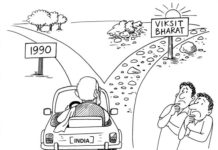

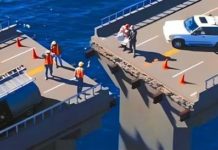
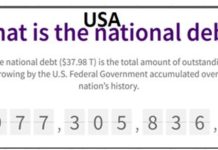





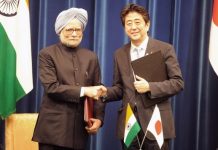








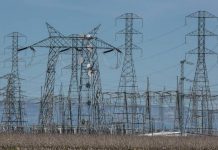




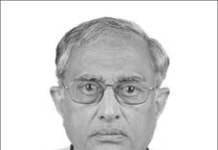


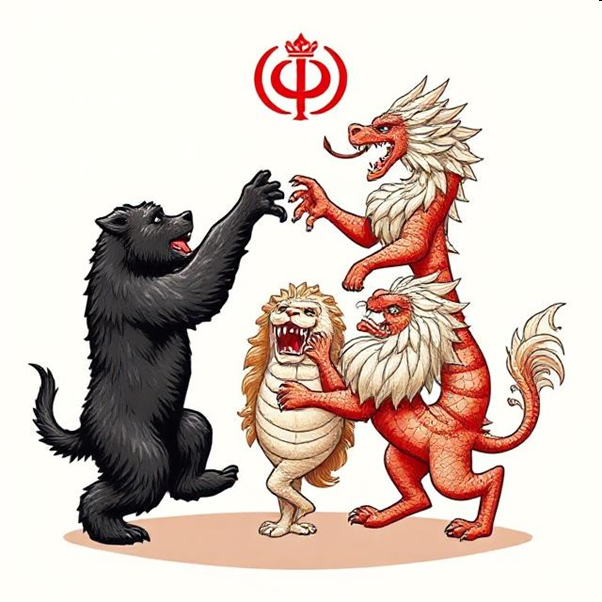
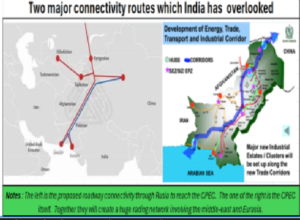







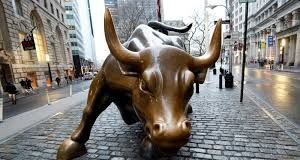
COMMENTS